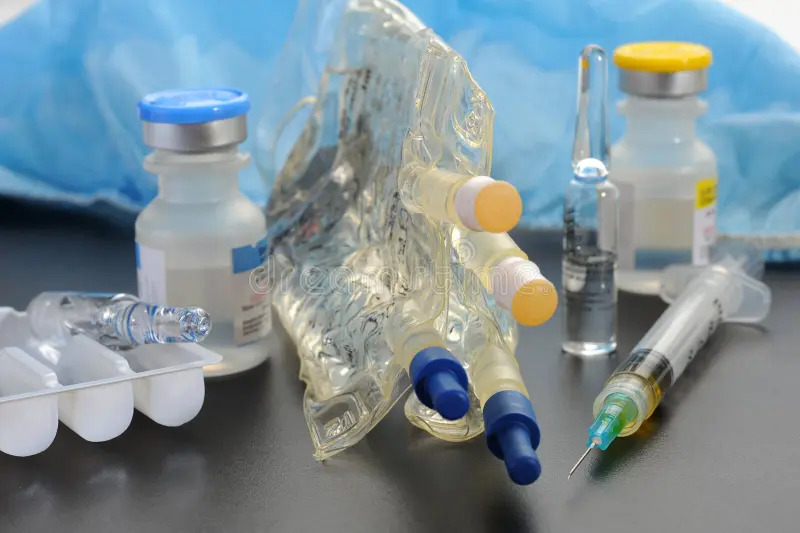Source: Link Testing Instruments Co.,Ltd.
There are many types of pharmaceutical packaging, and the packaging forms vary, such as packaging bags, bottles, tubes, inflatable packaging, aseptic packaging, strip packaging, child-proof packaging, etc. Among them, soft plastic packaging materials are the main components of pharmaceutical packaging materials. Most pharmaceutical packaging contains a certain amount of gas, such as some liquid drugs, powder injections and other drugs that are inflated to ensure the efficacy, and ordinary packaging used for granular drugs. During the sterilization or transportation process, the gas in the package will expand due to heat or be squeezed by external forces, which will produce a large impact force on the packaging bag body and heat-sealed edges. If the packaging material has poor performance in withstanding internal pressure, it will be stretched and deformed under the impact of the gas, and even the bag will break. Therefore, by monitoring the tolerance of pharmaceutical packaging bags to internal pressure, the bag breakage rate of pharmaceutical packaging can be effectively reduced.

Test methods and test instruments
This test is based on the standard YY/T0681.3-2010 "Test methods for sterile medical device packaging Part 3: Unconstrained packaging resistance to internal pressure damage" to test the sample's tolerance to internal pressure. The test equipment used is the LTMFY-06s leakage and seal strength tester, which is independently developed and produced by Link Testing Instruments Co.,Ltd.
Test principle:
There are three main methods for evaluating the packaging's tolerance to internal gas pressure, namely, burst test, creep test, and creep to failure:
Test sample and test process
Test sample: The test sample used in this test is an infusion bag provided by a certain enterprise. Test process: Place the sample in an environment of 23℃ and 50%RH for more than 48 hours.
(1) Paste a sealing pad in the middle of the sample surface, and carefully insert the probe through the sealing pad into the sample to ensure that the probe does not damage other parts of the sample. (2) Select the burst test mode, press the test button, and the test starts. The equipment fills the sample with gas to expand it. Continue to inflate until the sample ruptures, and record the pressure value, rupture location and other information at the time of rupture.
Test results and analysis
The bursting pressure of the sample tested this time was 80.4 KPa, and the lower edge of the sample was broken; in the creep test, the set pressure was 65 KPa, and the sample was not destroyed after holding the pressure for 30 s; in the creep to failure test, the sample was destroyed at 75 KPa in 12 s, and the lower edge was deformed.
The tolerance of the pharmaceutical packaging bag to internal pressure is an important factor affecting whether it is easy to break during sterilization and transportation. The level of this performance is related to the heat sealing condition of the heat sealing edge and the flexibility of the packaging material.
For more details please visit www.linktesting.org